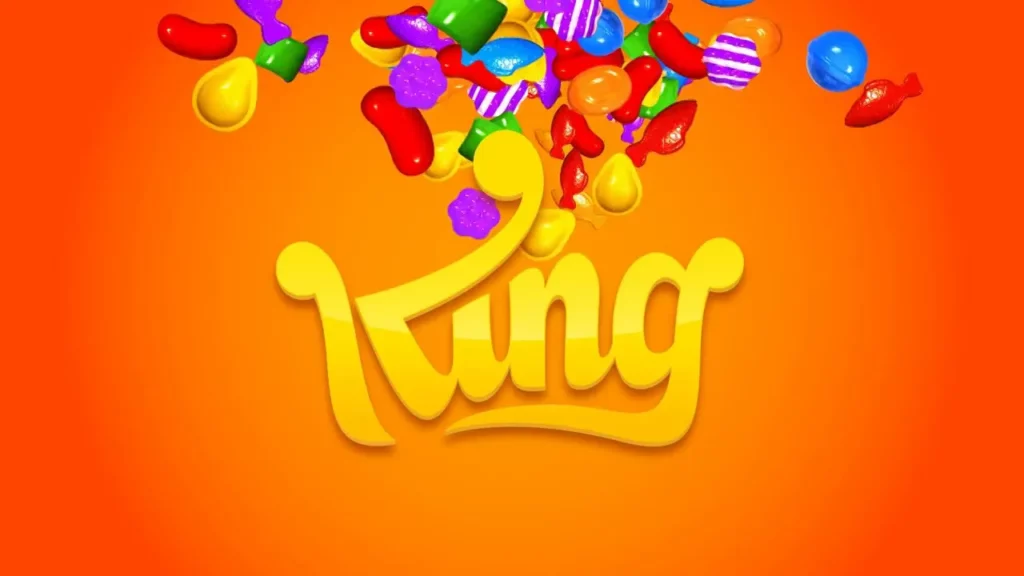The Candy Crush studio laid off around 200 employees across its offices in London, Barcelona, Stockholm, and Berlin. Instead of rehiring, the company shifted toward using its internal AI tools, ironically built and trained by many of the same people who lost their jobs.
Candy Crush studio replaces creative teams with automation

AI systems now handle tasks once led by human teams. These include level design, copywriting, UX development, and user research. Several employees spent months training on the tools to support their work. Now, those tools have taken over entirely.
Entire departments disappeared overnight. Writers and designers who contributed to the game’s growth saw their roles eliminated as automation scaled up. The shift didn’t come gradually; it hit fast and hard.
Morale hits new lows at Candy Crush studio
Workers say the layoffs shook team morale. Some believe managers targeted outspoken staff first. Others felt ignored during the process, with HR offering little transparency or support.
With an internal reorg underway and job descriptions in flux, many remaining employees feel stuck. They describe waiting for answers while their roles continue to change beneath them.
How AI is changing game development
Leadership sees AI as the next step in streamlining production. But those changes carry real consequences for creative work. Here’s what the shift looks like:
- AI generates levels and story content
- Designers lose control over creative decisions
- Writers and researchers exit the pipeline
- Production speeds up, but nuance suffers
- Employee trust erodes under uncertainty
Candy Crush studio bets on automation over people
The Candy Crush studio is going all-in on AI. It wants speed, efficiency, and lower costs, but at what price? The talent that shaped the brand now sits outside the building, replaced by tools they helped design. That’s not innovation, it’s erasure.














